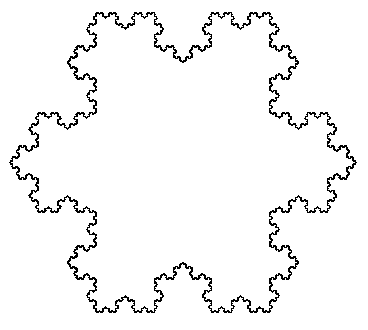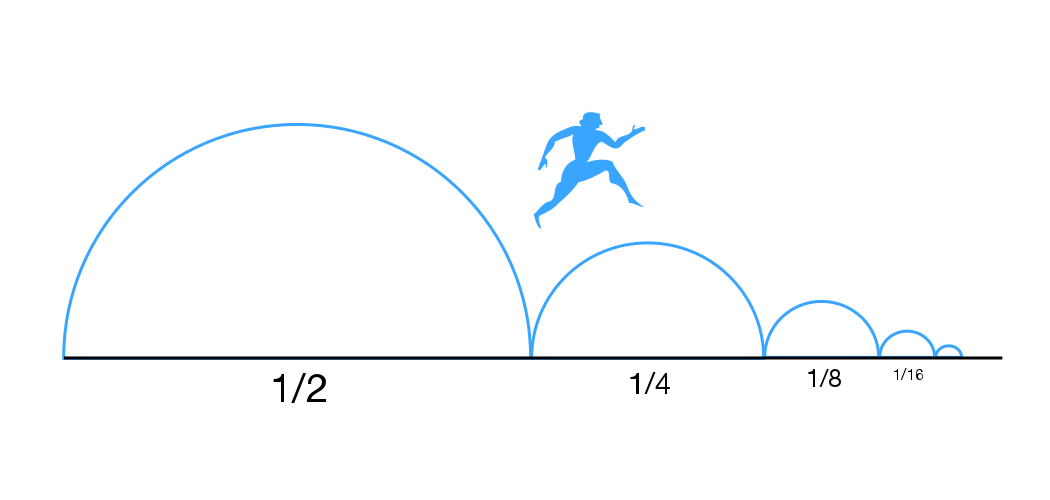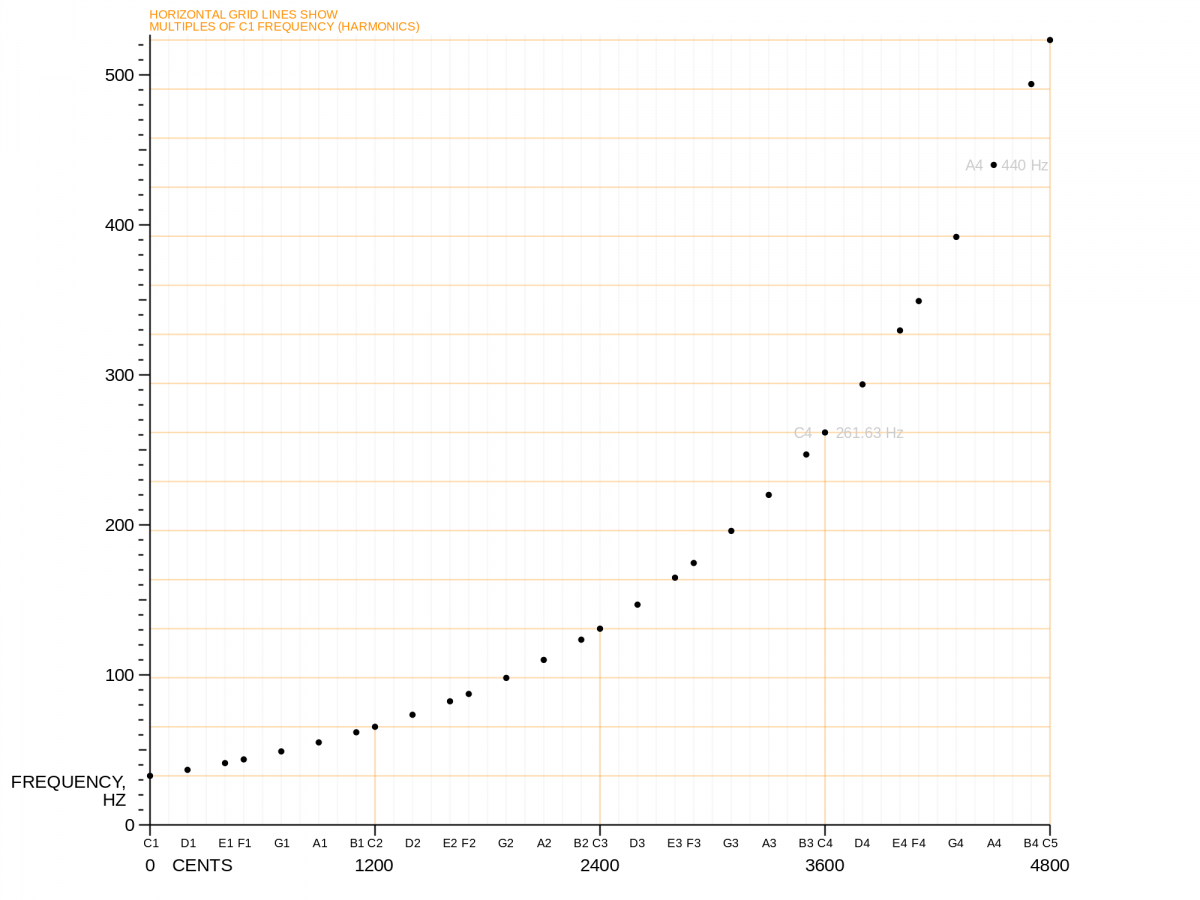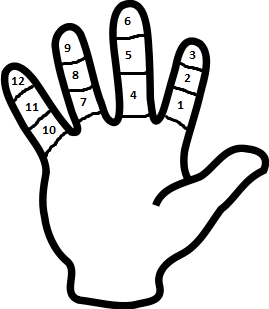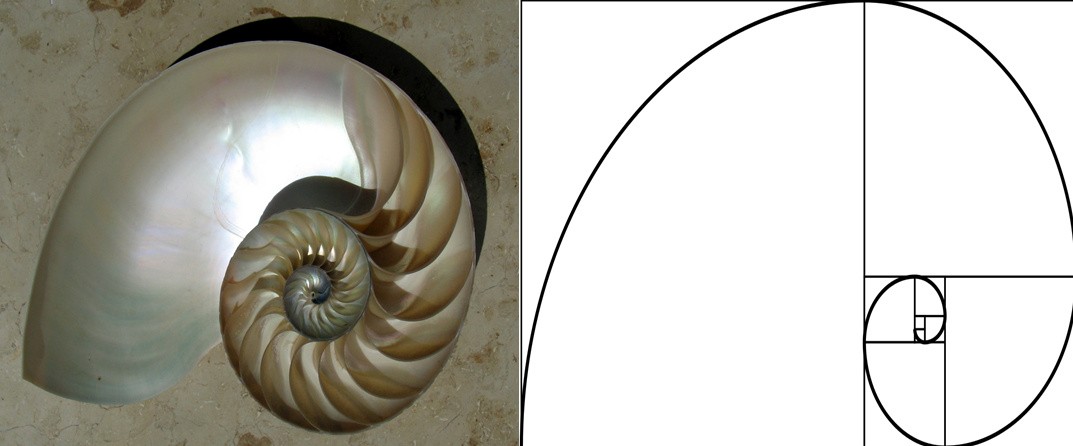The ‘Discovering Mathematics’ elective is finally drawing to a close and it is at this point I felt it appropriate to reflect on my development throughout this module.
Mathematics has always been an area in which I have found enjoyment, and in this I feel incredibly lucky. Throughout the course of this module it has come to my attention how many people, and not just pupils but also teachers too, suffer from ‘mathematical anxiety’. This, of course, then becomes an area in which I must strive to work on throughout my practice so as to best address the issue and remove any mathematical anxiety from within my own classroom.
To do so, I turn to the work of Ma (2010) and the concept of a profound understanding of fundamental mathematics (which can be split into four characteristics; connectedness, multiple perspectives, basic principles and longitudinal coherence). This idea stems from the comparison between Chinese and American pupils that found those in China performing better in mathematics. Ma suggested that the observable difference in mathematical ability between students in America and those in China was due to a lack of fundamental understanding on the part of the teachers in America. From this it is clear that to teach maths in a way that is effective first the teacher must possess this understanding of fundamental mathematics.
But what have I really learned over this module? Of course it is obvious that I have clearly seen that to be able to effectively teach mathematics I need to posses a profound understanding of mathematics and that to develop this for myself I must continue to experience and explore mathematics in a variety of situations and contexts, and not to mention age ranges. I have also, as mentioned in frequent blog posts, learned that no matter where we look, we can find maths. Mathematics exists, in some form, within every possible environment and experience we can think of. This is something I must also consider in my future as a teacher, the interconnectedness between maths and other areas so as to be better able to engage and inspire learners.
It has also become clear to me that the use of active, rather than passive, maths within and without the classroom is vital in ensuring that every child is catered for and that nobody becomes disengaged.
The final area I have covered throughout the course of the ‘Discovering Mathematics’ module is enthusiasm from the educator. This is something myself, and many other ‘Discovering Mathematics’ blogs, have highlighted as lacking in the current school environment and Iddir (2015) states that the reason she began to feel excited about maths again was mainly due to the enthusiasm of the lecturer.
All these areas I must remember and continue to work on throughout my career to ensure that mathematics as a subject is taught in a way that is not only highly education but also engaging, active and inspiring.

